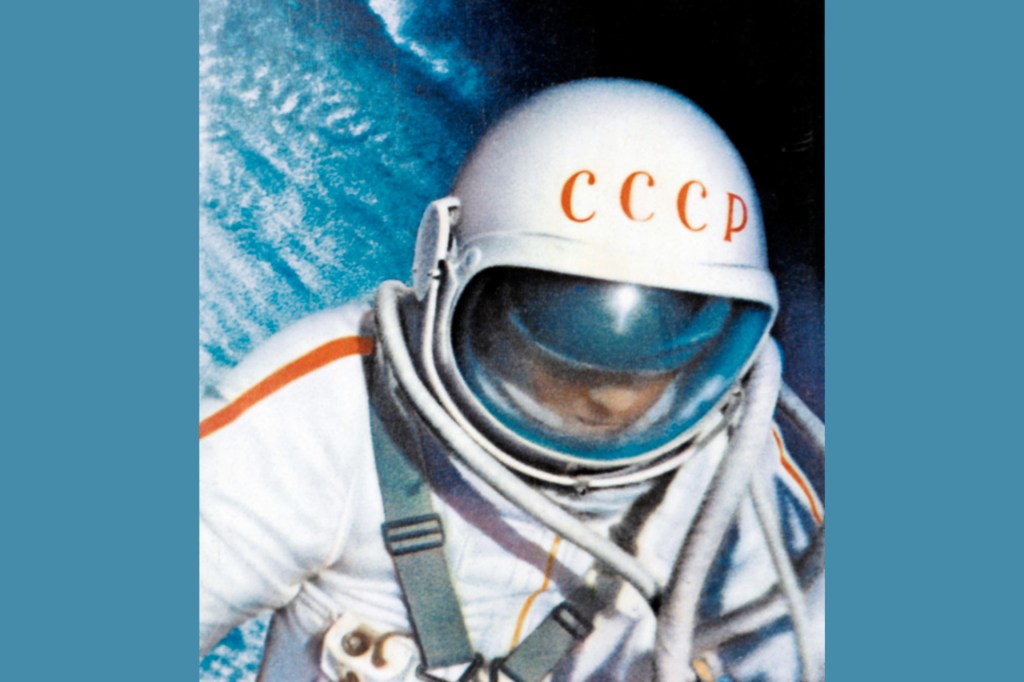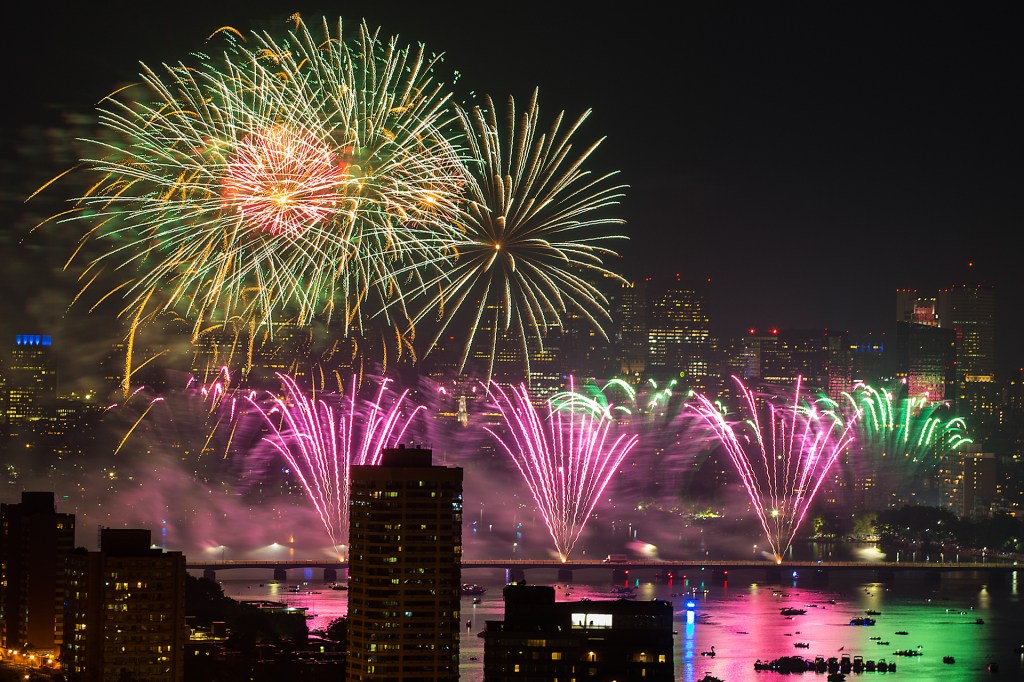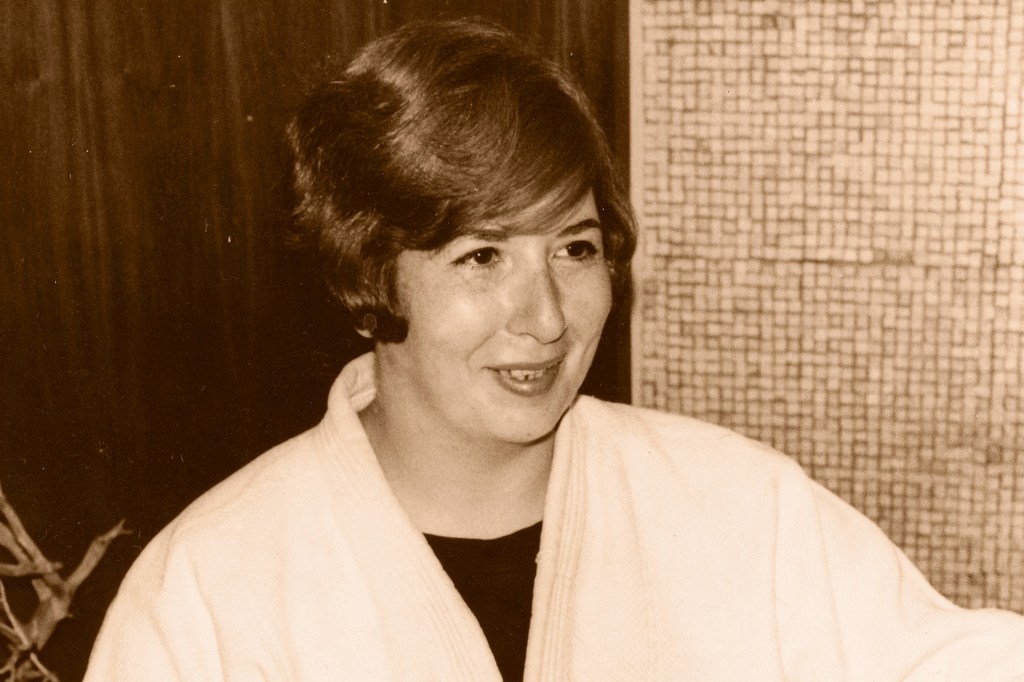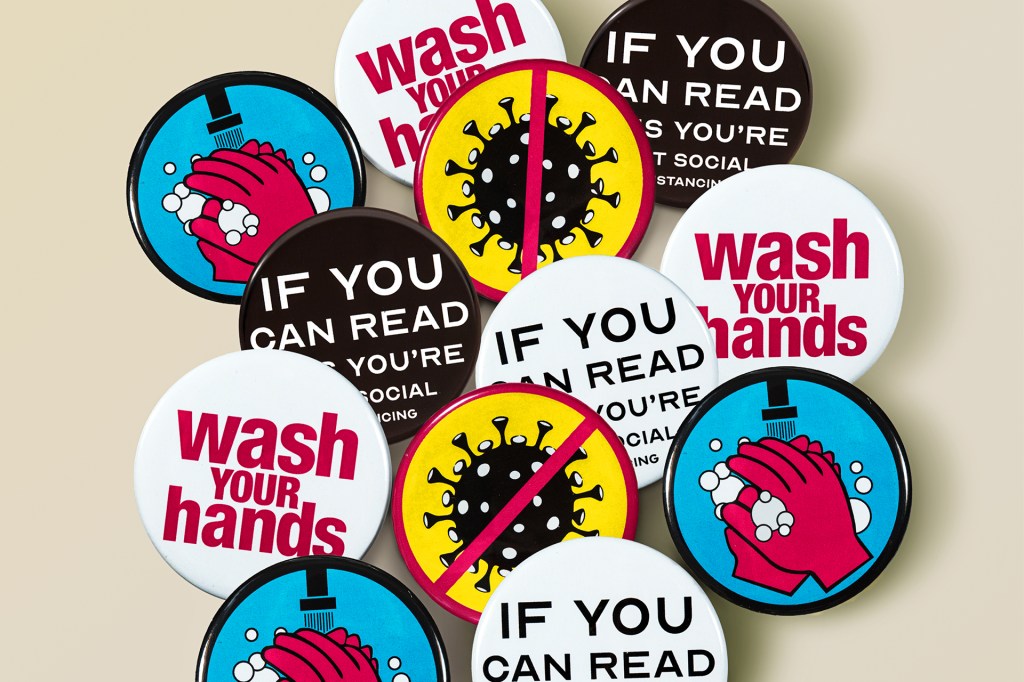
One day, the pandemic will be history. How will you remember it?
Museums are deciding that now. Many are collecting items. They are looking for ordinary things. These include hand sanitizer and grocery lists. Historians
historian
 SDI PRODUCTIONS—GETTY IMAGES
a person who studies and writes about history
(noun)
a person who studies and writes about history
will one day study these items. They’ll learn how we experienced the pandemic.
SDI PRODUCTIONS—GETTY IMAGES
a person who studies and writes about history
(noun)
a person who studies and writes about history
will one day study these items. They’ll learn how we experienced the pandemic.
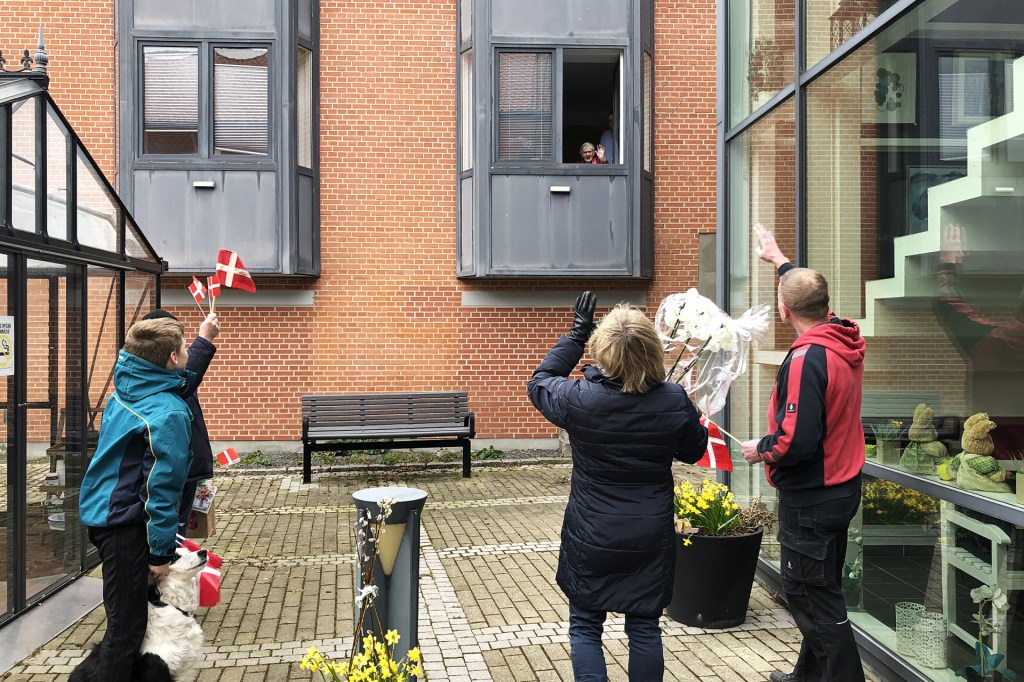
Maria Hagstrup’s photos document pandemic life. This photo shows a family celebrating a birthday at a nursing home in Denmark.
MARIA HAGSTRUP
Picture This
The Autry Museum of the American West is in Los Angeles, California. In April 2020, it put out a call. It asked for face masks and family recipes. It also asked for stories.
Brighid Pulskamp donated face masks. She has made hundreds of them. She made them for the people of the Navajo Nation. The tribe
tribe
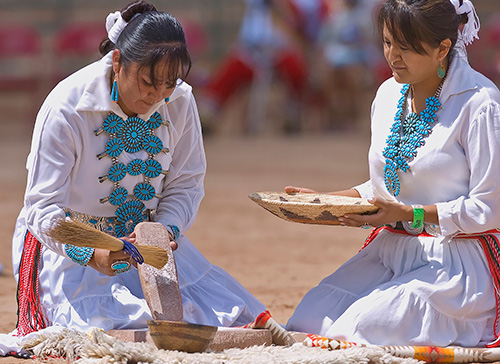 MATT HINSHAW—GALLUP INDEPENDENT/AP
a group of people that includes many families and relatives who have the same language, customs, and beliefs
(noun)
The Navajo tribe is the largest Native American group in the United States.
lives in Utah, Arizona, and New Mexico. “Our people are resilient
resilient
MATT HINSHAW—GALLUP INDEPENDENT/AP
a group of people that includes many families and relatives who have the same language, customs, and beliefs
(noun)
The Navajo tribe is the largest Native American group in the United States.
lives in Utah, Arizona, and New Mexico. “Our people are resilient
resilient
 TONY ANDERSON—GETTY IMAGES
able to become strong, healthy, or successful again after something bad happens
(adjective)
Jenae is a resilient athlete who has recovered from several injuries.
,” Pulskamp told TIME for Kids. She wants us to remember how the Navajo handled the pandemic.
TONY ANDERSON—GETTY IMAGES
able to become strong, healthy, or successful again after something bad happens
(adjective)
Jenae is a resilient athlete who has recovered from several injuries.
,” Pulskamp told TIME for Kids. She wants us to remember how the Navajo handled the pandemic.
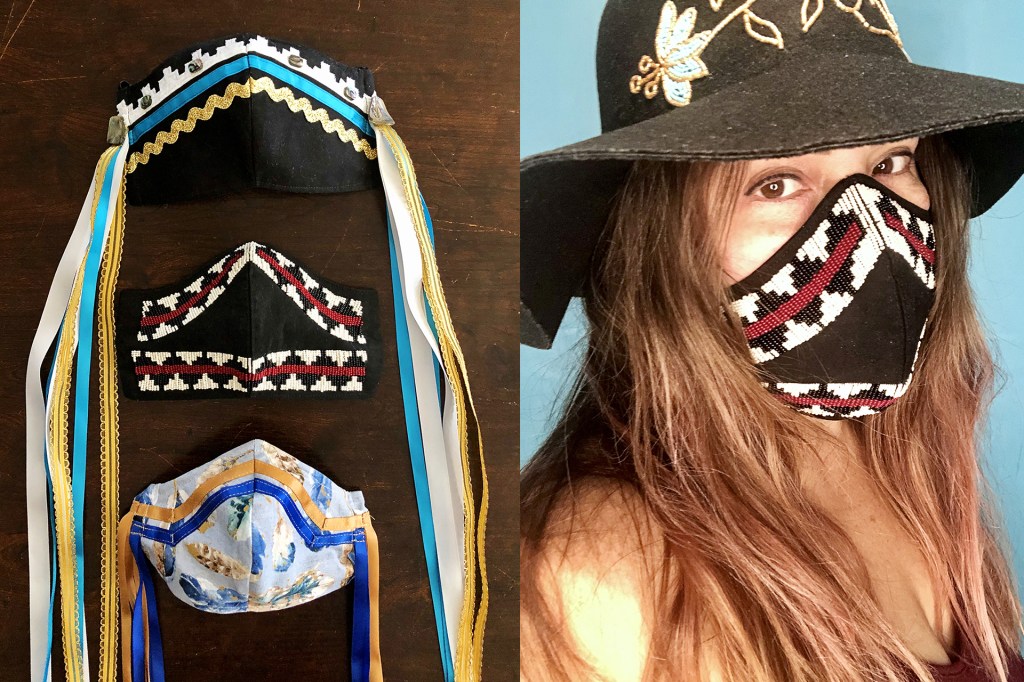
Brighid Pulskamp’s masks are inspired by Navajo culture. They are part of the collection of the Autry Museum of the American West.
COURTESY BRIGHID PULSKAMP (2)
The Vesthimmerlands Museum is in Denmark. Maria Hagstrup is its curator
curator
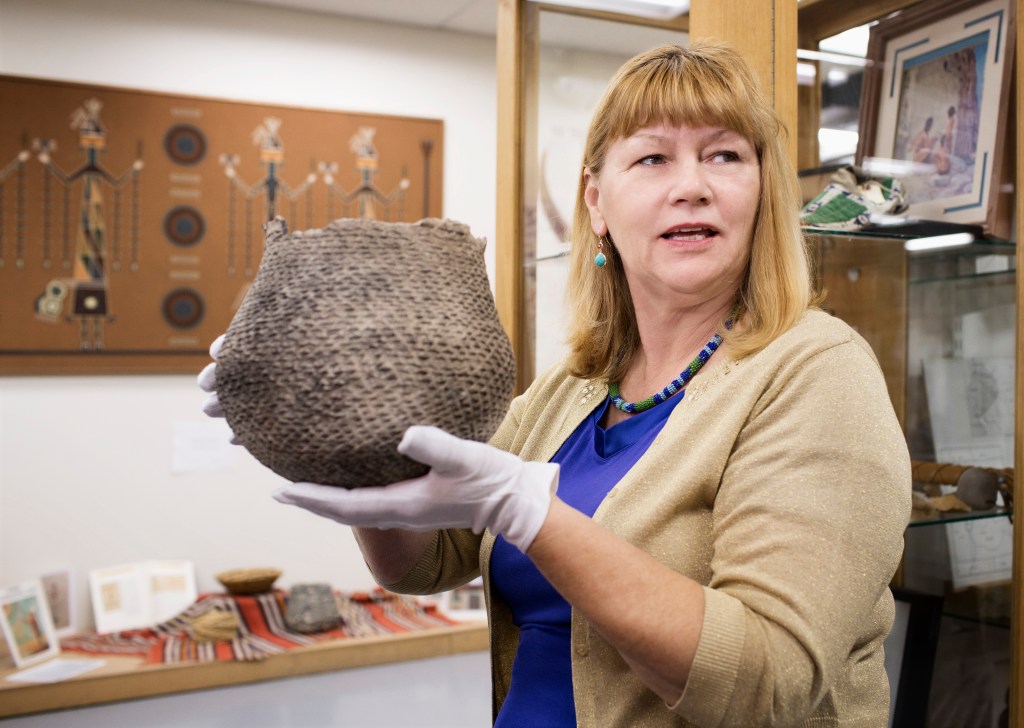 HILL STREET STUDIOS/BLEND IMAGES
a person who is in charge of what's in a museum or an exhibit
(noun)
The curator examined an item to be displayed in the museum
. She has been taking photographs. Some show empty streets. Others show people. Some are standing apart. Some are separated by a window.
HILL STREET STUDIOS/BLEND IMAGES
a person who is in charge of what's in a museum or an exhibit
(noun)
The curator examined an item to be displayed in the museum
. She has been taking photographs. Some show empty streets. Others show people. Some are standing apart. Some are separated by a window.
Museums are now collecting mostly photographs. They will gather other items when it’s safe. These might include medical equipment and handwashing signs.
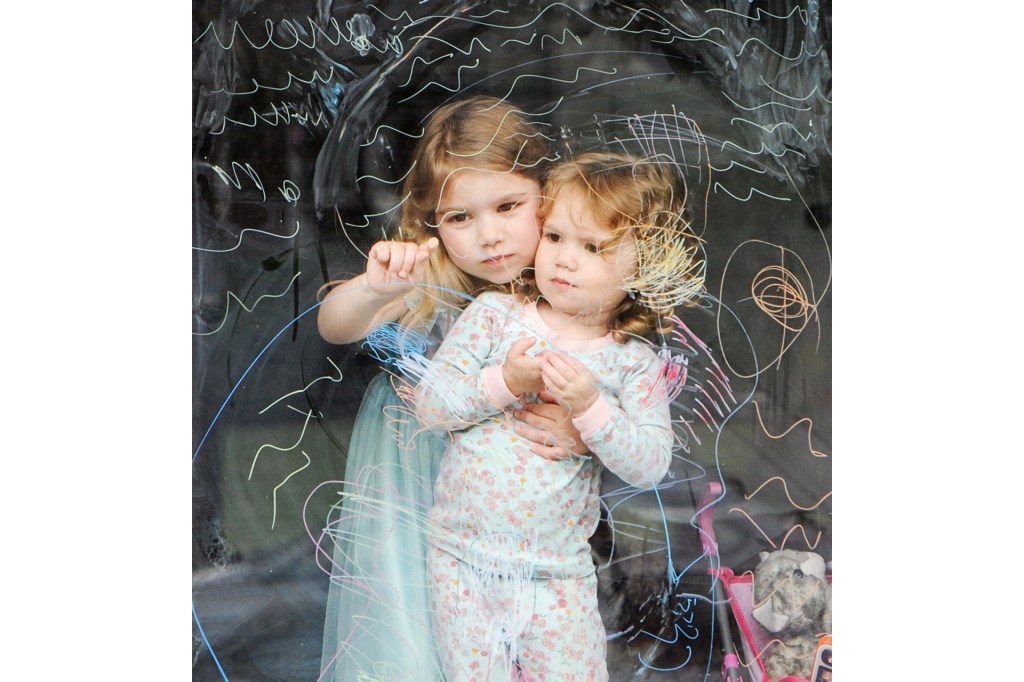
This photo of two sisters was submitted to the International Center of Photography’s pandemic art project.
KATE ALBRIGHT FOR MONTCLAIR LOCAL
Museums are counting on us. They want us to share our everyday things. Aaron Bryant is a curator. He works at the National Museum of African American History and Culture. It’s in Washington, D.C. “History is made by ordinary people and their everyday lives,” Bryant says. He thinks that ordinary things “can reflect history in an important way."
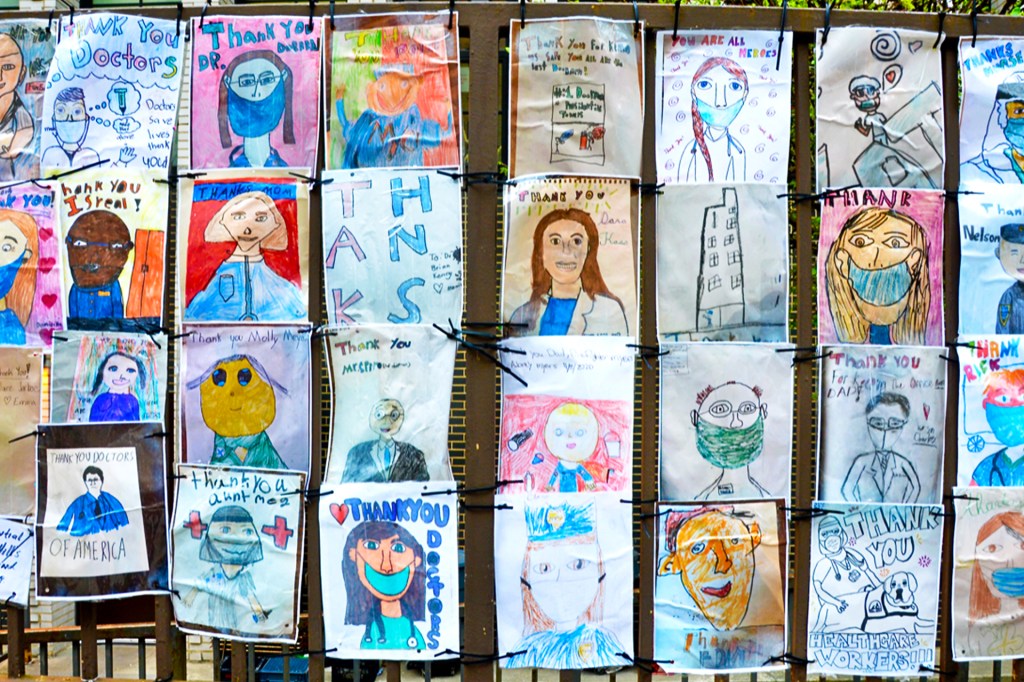
Children thank healthcare workers with artwork in this photo from the New-York Historical Society.
STEPHEN HARMON
What’s Your Story?
How has your life changed during the pandemic? Historians want to know. How are you spending your time? What challenges do you face? What brings you joy?
Check the historical societies in your area. Check museums, too. They usually have websites. Maybe you can submit your story. Maybe you can submit pictures. You could take pictures of objects related to the pandemic. These could be art projects. They could even be grocery lists.





